Achieving Earth’s Ecological Potential – One Community Weekly Progress Update #237
Humanity is capable of achieving Earth’s ecological potential. One Community thinks the path to accomplishing this is a global cooperative of teacher/demonstration hubs working together to open source, evolve, and share sustainable approaches to all foundational aspects of living. The designs we’re developing cover food, energy, housing, education, for-profit and non-profit economic design, social architecture, fulfilled living, global stewardship practices, and more.
- Here’s our project overview
- Here’s our world-change methodology
- Here’s how this becomes self-replicating
- Here’s how we are open source and free-sharing all the do-it-yourself designs
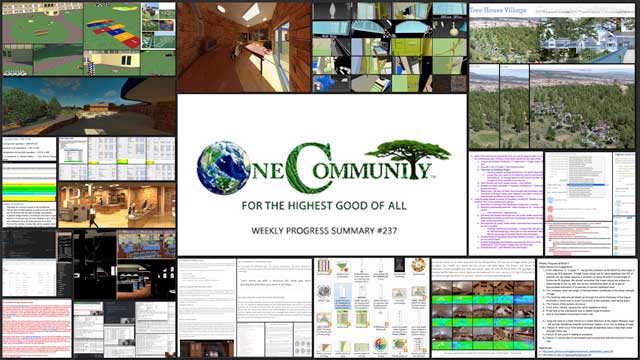
OUR MAIN OPEN SOURCE HUBS
Click on each icon to be taken to the corresponding Highest Good hub page.
One Community’s physical location will forward this movement as the first of many self-replicating teacher/demonstration communities, villages, and cities to be built around the world. This is the October 8, 2017 edition (#237) of our weekly progress update detailing our team’s development and accomplishments:
Achieving Earth’s Ecological Potential
One Community Progress Update #237
Here is the bullet-point list of this last week’s design and progress discussed in detail in the video above:
ACHIEVING EARTH’S ECOLOGICAL POTENTIAL INTRO: @0:34
HIGHEST GOOD HOUSING: @7:36
- Continued Sketchup design for the open source outdoor areas of the Recycled Materials Village (see below)
- Continued working on the complete Tree House Village render (see below)
- Sangam Stanczak continued researching the filtration options for the Communal Eco-shower greywater (see below)
- Hemanth Kotaru completed his 10th week with us doing research and running calculations for the Earthbag Village (see below)
- Jagannathan Shankar Mahadevan completed his 4th week working on the Straw Bale Village cost analysis (see below)
- Dean Scholz continued helping us create quality Cob Village renders (see below)
- Hamilton Mateca finished his 58th week working on Compressed Earth Block Village design and render details (see below)
- Dan Alleck joined the team and completed this updated Compressed Earth Block Village kitchen render (see below)
- Samantha Robinson completed her 10th week working on the interior design for the living structure of the Tree House Village (see below)
DUPLICABLE CITY CENTER: @10:19
- Falgun Patel completed his 6th week continuing to review, run calculations, and update the specifics of the remote-energy setup plan so we can update the Highest Good energy page (see below)
- Dipti Dhondarkar continued with her 53rd week of work on the lighting specifics for the City Center (see below)
- Aravind Vasudevan continued his calculations and research for climate battery component of City Center Heating and Cooling open source hub (see below)
HIGHEST GOOD FOOD: @11:38
- Continued researching and organizing, and made images of the recently found resources for our Food Self-sufficiency Transition Plan and Sustainable Food Nutrition Calculations page (see below)
HIGHEST GOOD EDUCATION: @12:10
- Began building the education Assessment Format open source page and tutorial (see below)
HIGHEST GOOD SOCIETY: @12:44
- Working with Ashwin Patil, the core team finished another round of revisions and added the Search Engine to the Highest Good society page (see below)
- Sowmya Manohar working on the Highest Good Network software, successfully updated the data in MongoDB through Express and completed the PUT operation in Ember (see below)
- Priti Kothari completed her 8th week helping with the Highest Good Network software (see below)
ACHIEVING EARTH’S ECOLOGICAL POTENTIAL SUMMARY: @13:53
-
-
- How you can most help us right now and how anyone can help
-
CLICK HERE IF YOU’D LIKE TO RECEIVE AN EMAIL EACH WEEK WHEN WE RELEASE A NEW UPDATE
YOU CAN ALSO JOIN US THROUGH SOCIAL MEDIA
ONE COMMUNITY WEEKLY UPDATE DETAILS
HIGHST GOOD HOUSING PROGRESS
 One Community is working towards achieving earth’s ecological potential through Highest Good housing that is artistic and beautiful, more affordable, more space efficient, lasts longer, DIY buildable, and constructed with healthy and sustainable materials:
One Community is working towards achieving earth’s ecological potential through Highest Good housing that is artistic and beautiful, more affordable, more space efficient, lasts longer, DIY buildable, and constructed with healthy and sustainable materials:
-
-
- Learn about: Our Upcoming Crowdfunding Campaign
- Learn about the different village models: 7 Sustainable Village Models
- Visit the open source portals for the first two: Earthbag Village OS Hub | Straw Bale Village OS Hub
-
The core team continued Sketchup design for the open source outdoor areas of the Recycled Materials Village (Pod 6). This week we researched ideas for the outdoor game and exercise areas and designed and modeled the walkways and several outdoor game ideas in Sketchup.

Achieving Earth’s Ecological Potential – Outdoor Areas of Recycled Materials Village – Click to Visit
Sangam Stanczak (Ph.D. and P.E.) continued researching the filtration options for the Communal Eco-shower greywater. You can see a summary of this week’s findings here.
Hemanth Kotaru (Structural Engineering Masters Student) completed his 10th week with us doing research and running calculations for the Earthbag Village. This week’s focus, as shown here, was continuing researching the effectiveness of nails as an anti-sheer option between earthbags.
Jagannathan Shankar Mahadevan (Mechanical Engineer) completed his 4th week working on the Straw Bale Village cost analysis. What you see here are 3rd-generation cost estimates. We’d say we’re now about 80% complete with the full cost analysis for this village.

Achieving Earth’s Ecological Potential – Continued Straw Bale Village Cost Analysis – Click to Visit
Dean Scholz (Architectural Designer) continued helping us create quality Cob Village (Pod 3) renders. Here is update 84 of Dean’s work, continuing to test and develop the textures and lighting from the skylights and windows for the central dining and presentation hall.
Hamilton Mateca (AutoCAD and Revit Drafter and Designer) also finished his 58th week helping with the Compressed Earth Block Village design and render details. This week’s focus was these two final renders of the Massage and Treatment Room Looking Northeast and this view of the barbecue and social space on the North side of the 2nd floor looking East.

Achieving Earth’s Ecological Potential – Render – Massage, Treatment Room(Northeast) – Click for Page
Dan Alleck (Designer and Illustrator) also joined the team and completed this updated Compressed Earth Block Village kitchen render by adding people, food, and other aesthetic details
Samantha Robinson (Graphic Designer) completed her 10th week working on the interior design for the living structure of the Tree House Village (Pod 7). This week’s focus, as shown here, was finalizing the stair and railing designs, adding in the initial window-blind details, and other minor aesthetic improvements.
DUPLICABLE CITY CENTER PROGRESS
 One Community is working towards achieving earth’s ecological potential through a Duplicable and Sustainable City Center that is LEED Platinum certified/Sustainable, can feed 200 people at a time, provide laundry for over 300 people, is beautiful, spacious, and saves resources, money, and space:
One Community is working towards achieving earth’s ecological potential through a Duplicable and Sustainable City Center that is LEED Platinum certified/Sustainable, can feed 200 people at a time, provide laundry for over 300 people, is beautiful, spacious, and saves resources, money, and space:
-
-
- Learn about this building and it’s function: Duplicable City Center Open Source Hub
-
Falgun Patel (Mechanical Engineer) completed his 6th week continuing to review, run calculations, and update the specifics of the remote-energy setup plan so we can update the Highest Good energy page. This week’s focus, as shown here, was the feasibility of including a battery backup and starting the outline for the 2nd phase of adding residents.
Dipti Dhondarkar, (Electrical Engineer) continued with her 53rd week of work on the lighting specifics for the City Center. This week’s focus was finalizing the lighting options for the Dining Dome column, wall, overhang, and table lights. We then created the image shown here and added it and a summary of our findings to the website.
Aravind Vasudevan (Mechanical Engineer) continued his calculations and research for climate battery component of the City Center Heating and Cooling open source hub. This week’s focus was sizing and placement specifics, adding more details to the tutorial, and updating the cost analysis specifics for the fans.
HIGHEST GOOD FOOD PROGRESS
 One Community is working towards achieving earth’s ecological potential through Highest Good food that is more diverse, more nutritious, locally grown and sustainable, and part of our open source botanical garden model to support and share bio-diversity:
One Community is working towards achieving earth’s ecological potential through Highest Good food that is more diverse, more nutritious, locally grown and sustainable, and part of our open source botanical garden model to support and share bio-diversity:
-
-
- Learn about the structures: Hoop House Hub | Aquapini & Walipini Open Source Hub
- See what we’ll be growing: Gardens & Hoop Houses | Large-scale Structures | Food Forest | TA
-
This week, the core team continued researching and organizing, and made these images of the recently found resources for our Food Self-sufficiency Transition Plan and Sustainable Food Nutrition Calculations page, as you see here.
HIGHEST GOOD EDUCATION PROGRESS
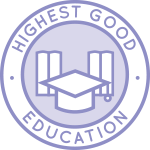 One Community is working towards achieving earth’s ecological potential through Highest Good education that is for all ages, applicable in any environment, adaptable to individual needs, far exceeds traditional education standards, and more fun for both the teachers and the students:
One Community is working towards achieving earth’s ecological potential through Highest Good education that is for all ages, applicable in any environment, adaptable to individual needs, far exceeds traditional education standards, and more fun for both the teachers and the students:
-
-
- Learn about the components: Education open source hub
- Learn how the components work together: How to use the Education for Life Program
-
This week, the core team began building the education Assessment Format open source page and tutorial. This week’s focus was the What and Why sections, building the table of contents, and the Helpful Evaluation Tips and Tools sections, as shown here.
HIGHEST GOOD SOCIETY PROGRESS
 One Community is working towards achieving earth’s ecological potential through a Highest Good society approach to living that is founded on fulfilled living, the study of meeting human needs, Community, and making a difference in the world:
One Community is working towards achieving earth’s ecological potential through a Highest Good society approach to living that is founded on fulfilled living, the study of meeting human needs, Community, and making a difference in the world:
-
-
- Read the Highest Good society overview: Highest Good Society
- Learn about the model for fulfilled living and sharing: A Day in the Life
- Learn about the 4 economic models: RBE | For-profit | Non-profit | Entrepreneurship
- Learn about our open source community collaboration and management software: The Highest Good Network
-
This week the core team working with Ashwin Patil (Web Developer) finished another round of revisions and added the Search Engine to the Highest Good society page, bringing this search engine to 95% complete. We also finished final revisions to the Highest Good energy search engine, bringing it to 100% complete.

Achieving Earth’s Ecological Potential – Highest Good Society and Highest Good Energy – Click for Page
Sowmya Manohar (Software Engineer, Web Developer & Net Application Developer) working on the Highest Good Network software successfully updated the data in MongoDB through Express and completed the PUT operation in Ember.
In addition to this, Priti Kothari (Information Technology Enthusiast) also completed her 8th week helping with the Highest Good Network software. This week’s focus was working to resolve database connectivity issues, some of which you can see here.
AND WE PRODUCED THIS WEEKLY UPDATES BLOG – CLICK HERE TO SUBSCRIBE
FOLLOW ONE COMMUNITY’S PROGRESS (click icons for our pages)
INVESTOR PAGES
GET INVOLVED
CONSULTANTS ● WAYS ANYONE CAN HELP ● MEMBERSHIP
CLICK HERE FOR ALL PAST UPDATES
WHAT ONE COMMUNITY IS CREATING
One Community is creating a place to grow together and change the world together thereby Creating a Better World and achieving Earth’s Ecological Potential. We are creating a space that helps each other live in integrity with each other and the planet as we strive to be the greatest versions of ourselves. We do this by harmoniously respecting each other, nature, and the rest of our one shared planet.
Our goal is to demonstrate what we feel is the most sustainable, healthy, and fun environment we can create. A place based on compassion, kindness, and collaboration. This replicable community will serve as an example for what is possible.
Throughout our design process we are open sourcing and free-sharing everything needed for construction and replication. This includes what we call “Highest Good” approaches to food, energy, housing, education, for-profit and non-profit economics design, social architecture, fulfilled living, stewardship practices and more. We are creating these resources for implementation as individual components or complete developments called teacher/demonstration hubs. These hubs will help launch additional hubs as awareness and knowledge grow.
BUILDING THE FIRST OF MANY
One Community will be the first teacher/demonstration hub. It will function as an experiential-learning model that facilitates mass participation to address humanity’s most pressing challenges through: A replicable model for expansion, building seven self-sufficient village/city prototypes, becoming the world leader in open-source sustainability solutions, and evolving and expanding ALL aspects of sustainable living.
WHY ONE COMMUNITY IS CREATING THIS
The One Community self-replicating model is capable of creating a sustainable planet within 30 years. We will achieve this by establishing successful teacher/demonstration hubs on every continent. Villages include designs appropriate for each of the five main types of climates. They also include options for even the most challenged economies. These hubs will collaborate with one another, share ideas, resources, and work together as a network to heal the planet. They will also transform the global lifestyle to a more enjoyable, fulfilling, healthy, and sustainable one.
The specifics of how One Community is accomplishing this can be found on the One Community Solution Model to Create Solution-creating Models Page. Research supporting and showing the benefits of a model like this can be found on our Research and Resources Articles Archive.
Even if we don’t achieve our ultimate goal of global transformation, a self-replicating teacher/demonstration model like this will take a relatively short period of time to positively affect millions while inspiring millions more. For One Community residents (the Pioneer Team), the idea of creating and sharing the social and recreational experience with visitors is also fun, exciting, fulfilling, and an additional reason why we are creating this.
SUMMARY
One Community sees the issues of the world as interdependent and interconnected. To address them simultaneously, we are open-source blueprinting a more advanced standard of living by designing holistic, environmentally-regenerative, self-sustaining, adaptable solutions for all areas of sustainability and Creating a Better World . We will model these within a comprehensive “village/city” which will be built in the southwestern U.S. This teacher/demonstration hub will be a place people can experience a new way of living and then replicate it with our open source blueprints: creating a model solution that creates additional solution-creating models.
 One Community
One Community




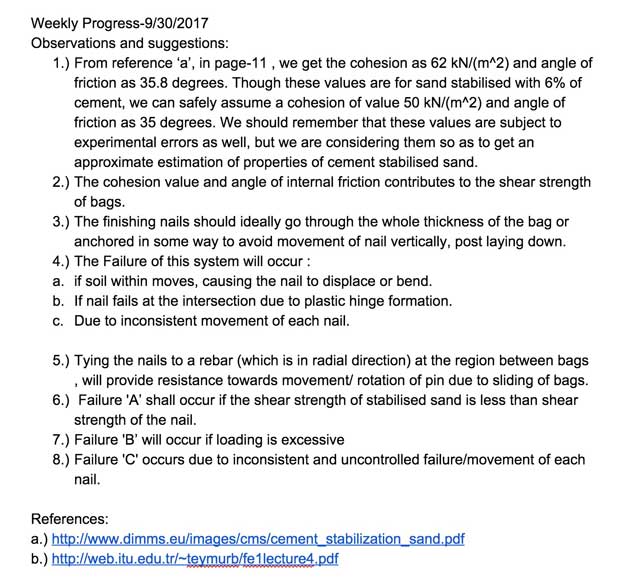



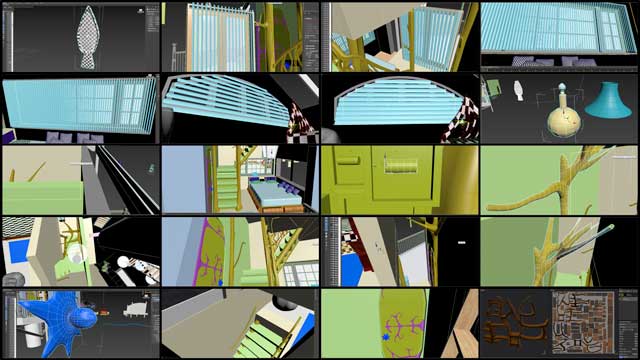







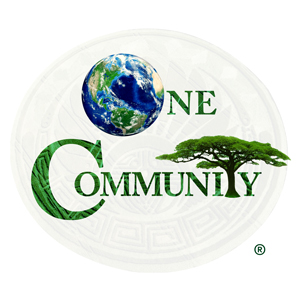


Connect with One Community